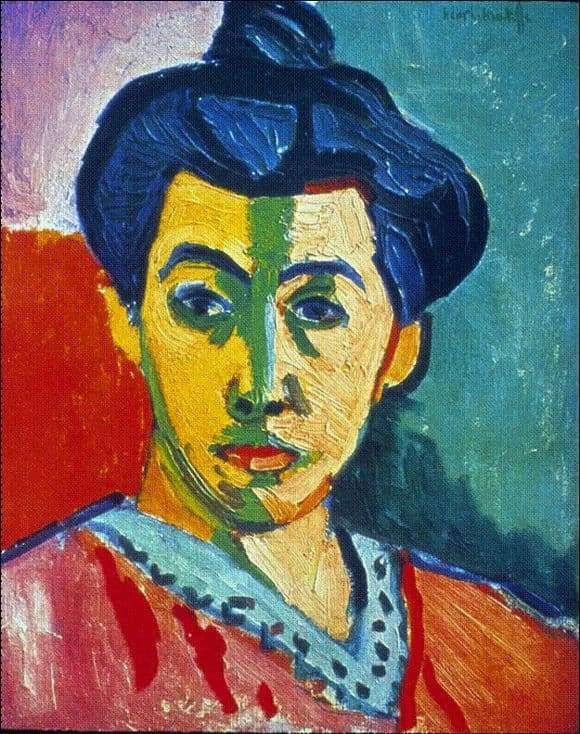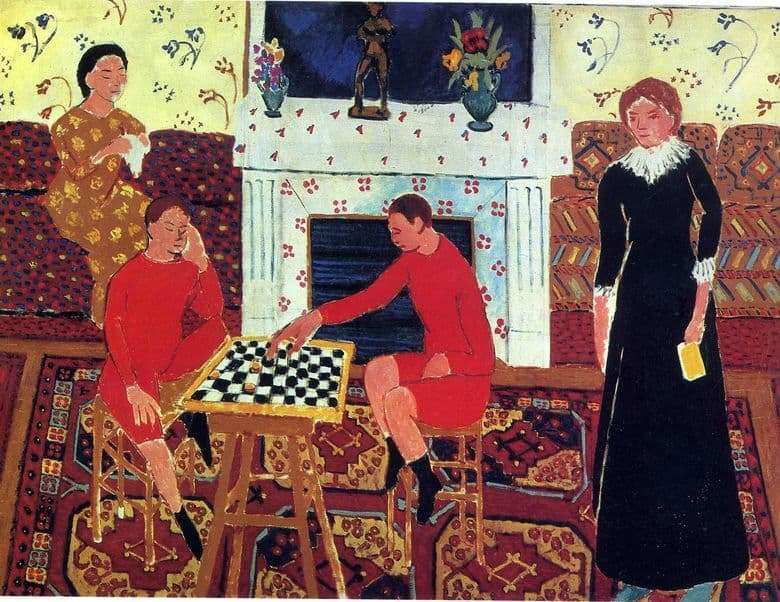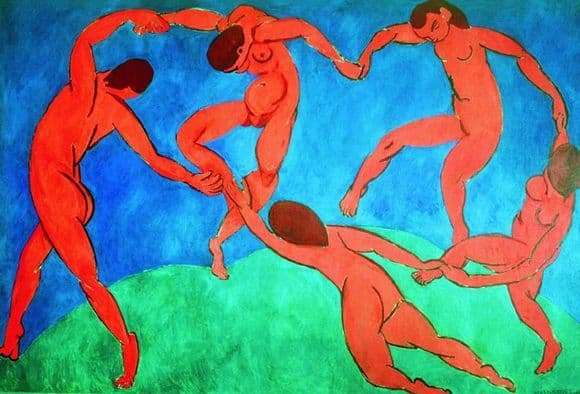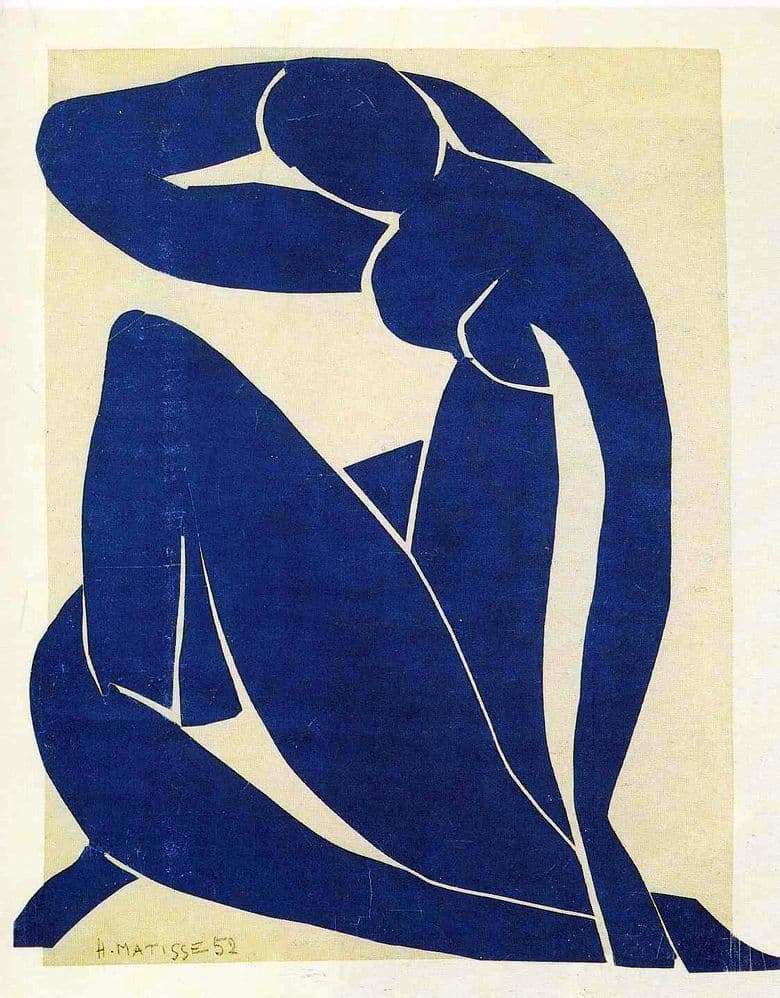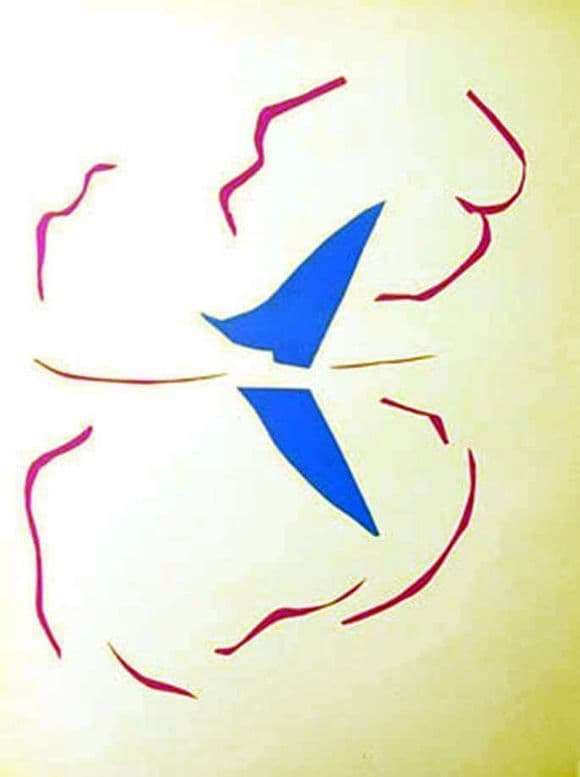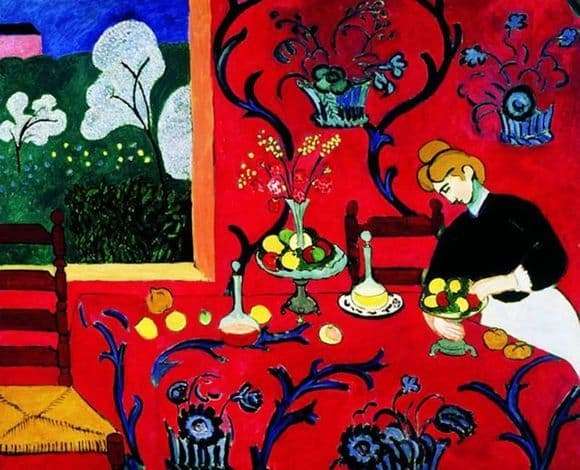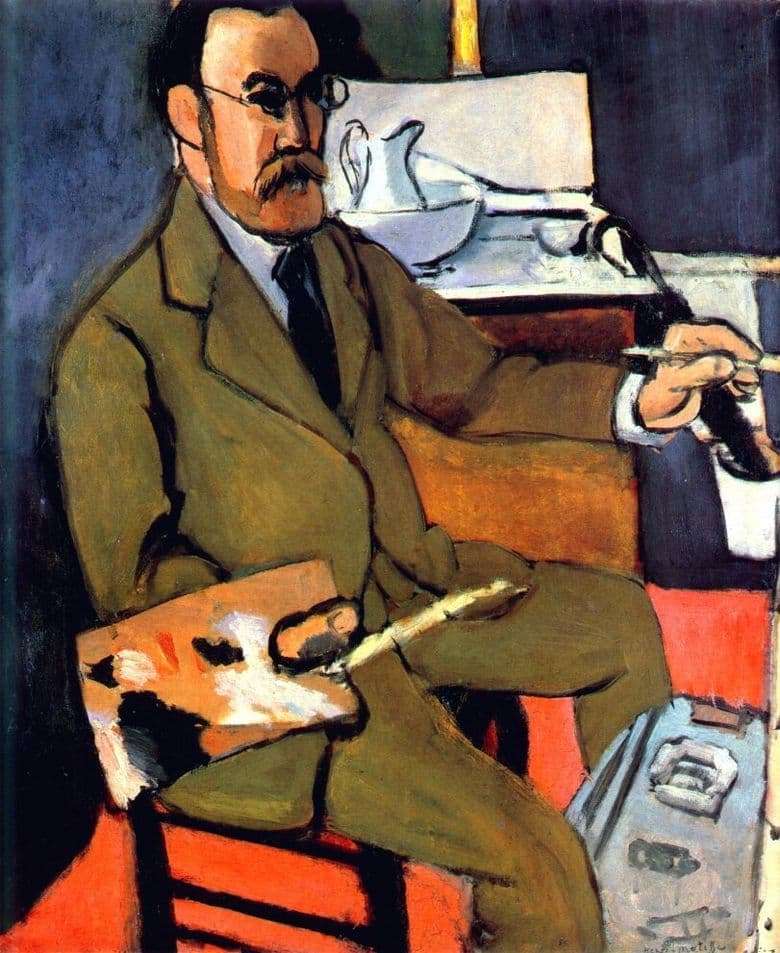
The founder of Fauvism and master of color. Thus appears before the descendants of Henri Mattis. Later, ethnic motifs would penetrate his art and dissolve, assimilated by the master’s will. The artist created his canvases in series. Several versions of the same work were written at once. The main themes of the works are dances, pastorals, still lifes, fabrics and landscapes outside the window. Pure and expressive compositions do not carry any extra details. Contrast colors and the absence of shadows, bright reflections of light – all this creates a feeling of joy from the beauty of the surrounding world.
The style of the master distinguishes the flexibility of lines and the balance of coloristic harmony, where bright contrasting fragments are balanced by large spots and masses of color.
In the portraits, the artist continues to boldly simplify the forms, bringing beyond all unnecessary. The main clear lines and colors remain, emphasizing the individuality of character.
Self-portrait is written in clear, determined lines, where the main emphasis falls on the face and hands. In the picture, the artist holds the brush in his left hand, which emphasizes the universality of the human body. Large color spots outline the space of the picture. The red floor, gray walls, in the center – the figure of the artist.
The pose is quite static, but the face attracts attention. The master has nothing superfluous, just a ray of sunshine that highlighted part of the face and a hand holding a brush. That is, the master’s thought and its embodiment are in the center of attention.
The paintings of Mattis carry a powerful emotional – energy impulse, clothed with a strict form.
Description of the painting by Henri Matisse “Self-portrait”
